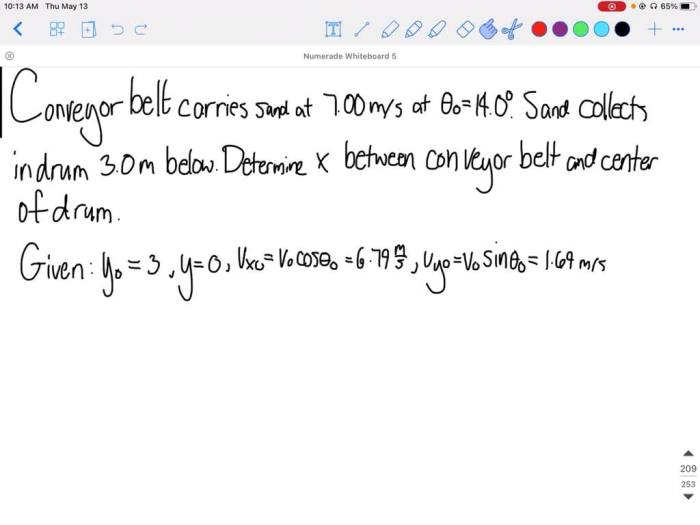Sand moves without slipping at 6.0, a phenomenon that has captivated scientists and engineers alike. This captivating narrative delves into the intricacies of this intriguing phenomenon, unraveling its physical principles and showcasing its wide-ranging applications.
From understanding the behavior of granular materials to harnessing their potential in various fields, this exploration promises a comprehensive and engaging journey into the world of sand movement.
Sand Movement Without Slipping

Sand moves without slipping when the shear stress applied to it is less than the frictional resistance between the sand particles. This phenomenon is due to the interlocking of the sand grains, which prevents them from sliding past each other.
The frictional resistance between the sand particles is influenced by factors such as grain size, shape, and moisture content.
Factors Influencing Movement, Sand moves without slipping at 6.0
The movement of sand without slipping is influenced by several factors, including:
-
-*Grain size
Larger sand grains have a higher frictional resistance than smaller grains, making them less likely to move without slipping.
-*Grain shape
Angular sand grains have a higher frictional resistance than rounded grains, making them less likely to move without slipping.
-*Moisture content
Dry sand has a higher frictional resistance than wet sand, making it less likely to move without slipping.
-*Surface roughness
Rough surfaces have a higher frictional resistance than smooth surfaces, making it less likely for sand to move without slipping on them.
-*Slope angle
Sand is more likely to move without slipping on gentle slopes than on steep slopes.
Questions and Answers: Sand Moves Without Slipping At 6.0
What causes sand to move without slipping?
Sand moves without slipping when the shear stress applied to it is less than the critical shear stress required to initiate slippage. This is due to the interlocking of sand particles, which prevents them from sliding past each other.
What are the factors that influence the movement of sand without slipping?
The movement of sand without slipping is influenced by factors such as grain size, shape, moisture content, surface roughness, and slope angle.
What are some practical applications of sand moving without slipping?
Sand moving without slipping has applications in engineering and construction, such as in the design of retaining walls and slopes, and in the control of erosion.

